The motherhood question, medieval manifesting, and the USA rail pass
Tom Cox selects his top Substack reads
This week’s Substack Reads is guest edited by , who writes on Substack and is the bestselling author of Villager, Notebook, Ring the Hill, Help the Witch, and 21st-Century Yokel. His new book, 1983, will be published in August. Tom lives in a small village in the U.K. His writing explores landscape, books, folklore, and phenomena outside the mainstream, and some of his most popular posts to date include “Can You Please Stop Telling Me To Live My Best Life Please,” “Remembering A Very Special Cat,” and “Some Notes About My Dad That I Have Made In My Notebooks.” If you enjoy his selections today, be sure to subscribe to his Substack.
“So many words, so little time.” Since I renewed my childhood love of reading, around 30 years ago, I don’t think a day has gone by when I haven’t had some variation of that thought. Having read so much more now does not help: books inevitably lead to more books. Since I signed up to Substack in the final days of 2022, I’ve added another dimension to the problem, even as someone who is not the biggest fan of screen-based reading. Substack does not relieve my constant feeling of not achieving what I want to as a reader, my constant sense of literary FOMO, despite the fact that I’m reading for most of my waking hours. But also: how utterly brilliant is that? I feel the volume of great writing (no, not “content,” writing) on Substack pushing me forward with my own—not in a competitive way, but in a supportive, community-based, inspiring way. I want to read it all. I know I can’t. If I do have a criterion that helps narrow the choice down, it’s that I like to read people who don’t write like me, people writing about areas outside what is familiar to me, or at least looking at it from different angles to my own. I think the following pieces all come into that category. I hope you’ll find them inspiring or moving or enlightening or funny, just as I did. I feel flattered to have been asked to select them, and, as I have gone about it, I have felt increasingly dizzy: at the knowledge of just how many bright, original thinkers are out there in the world and just what a special, unique gathering place for them this site has become.
OPINION
Women are supposed to want to be mothers
“It’s a privilege to be able to watch a favourite writer grow, and that’s definitely the case for me where Laura Kennedy is concerned. Back when I was still fearfully going against my better instincts and failing to delete my Twitter account, Laura’s voice felt like pure sanity amongst all the noise and topsoil posturing of social media, and, since breaking out of the constraints of journalism and committing to Substack, her words have only got richer, saner, more reassuring. Her latest piece, which argues against the notion—put forward by a pearl-clutching clickbait journalist—that Taylor Swift is ‘pied-pipering’ women into not having children, is typically carefully considered and calm, yet also reads like it’s been written with a scalpel. After reading Laura, I am always left feeling like I’ve had a really interesting debate where we have agreed on pretty much everything but also where I have been firmly put in my place, which is often a more enlightened, philosophical version of the place I was already sitting.”
—
inIt doesn’t seem feasible that women are electing not to have children because they’ve been indoctrinated by a Girlboss culture symbolised by a leotard-clad, sequin-drenched, red-Fenty-lipped Taylor Swift. They’re not so hopped up on feminine hubris and inoffensive music that they think they have forever to biologically procreate, or that settling down and having a family seems suddenly unappealing because a celebrity has glorified going another way.
PHILOSOPHY
Why “manifesting” is far more irrational than using a medieval service magician
“I feel like I’m drowning in information most days, which is why I need Brian Klaas—who, like me, is apparently only interested in everything but, unlike me, has tremendous organisational skills—to order and decode it all. Brian’s latest piece, which contrasts the modern, corporate-driven mania for ‘manifestation’ unfavourably with medieval wizardry and superstition, is a brilliantly argued feast of facts, including why the crystals industry is destroying the ecosystem of an island off the coast of Africa, the origins of the word ‘abracadabra,’ and saucy stories about bread. It has convinced me that my reading of Brian’s new book, Fluke, before 2024 is out is mandatory.”
—
inThe first worry was that one might consume a loaf of bread kneaded not by hand but by buttocks. Bread, a staple of a medieval diet also used in religious rites, could be a vector for an irresistibly magical feminine essence embedded in the dough, particularly if the cunning woman had sat on it and wriggled around in her natural state to prepare the loaf.
TRAVEL
The USA rail pass
“I think this piece, by A.M. Hickman, could be the best piece of travel writing I’ve read on Substack: a sprawling account of the author’s pre-marriage adventures on a $499 Amtrak rail pass through unfairly overlooked ‘flyover America,’ with echoes of Jonathan Raban’s wonderful book Hunting Mister Heartbreak. I’d always imagined my great American adventure, if I ever get around to it, would be undertaken in a 1969 muscle car, but Hickman’s passionate writing—which shows that, even in the modern overdeveloped U.S., the romance and liberation of travel is not dead—has convinced me that train is the way to go.”
—
in , recommended byOn the train, I was never alone; I was in a continuous conversation with an eccentric demographic of American travelers—liberated from the paralyzing freedom of choice that accompanies travel by car. On the train, I was simply in transit, one could check on my status as one checks the status of a mailed parcel—no volition was required, and I lounged in the lounge-car with others who shared my track-bound fate. In Terlingua, I spoke to no one—in Presidio, I was a distant stranger. And in Lajitas, the only one I spoke with was the Mayor—who happens to be a goat.
CULTURE
Give us something to believe in
“Maybe it’s partly due to the amount of Substack writers who are U.S.-based, but I’ve found myself far more interested in what’s going on in American politics right now than I was in the U.K.’s recent election. Whatever your feelings are about Joe Biden’s ability to continue as his nation’s leader, there is no arguing with the fact that this is a great piece of writing on the topic by Lauren Hough, which shows a great understanding of why the vast majority of people do or don’t vote for someone. Like everything Lauren writes, it has the undeniable force of a weather system, and also feels like you just wandered into a bar and got cornered into a conversation with a stranger, then realised the stranger was one of the wisest and most articulate people you’d ever met.”
—
inI don’t know much. But I know a few things about people. No one votes alone. They vote if their friends are voting and they vote if it feels like being part of something and they vote if they think their vote will matter, even if only for bragging rights, maybe especially for bragging rights.
I’ve got time to read the article I’m commenting on. And I can afford a subscription. People like the guys I used to work with, the guys at the cable company and the veterans and the bartenders and the cooks and waiters, the people I still call my friends, they still don’t read the article. Why would they. They’re late to their next job or they’ve got a few hours to sleep before their next shift. They just want to scroll through and see something funny so they can forget for a moment that they’ll be working until they die.
COMIC
A woman reading
“I’m not a woman, I don’t have a deck guy, and I’m not 100% sure I know what one is, but I still related strongly to this series of narrative illustrations by Kelcey Ervick, as someone who finds it hard to allow himself to define reading as work, even though it usually is, and feels especially reluctant to do so around someone doing a more physical and clearly defined task which they are being paid for. I think anyone whose inner world is lit up by reading, and who finds it an escape from the world, will enjoy this newsletter.”
—
inTECHNOLOGY
All hail the cloud
“About seven years ago, I wrote half a short story about a fictional land where religion takes place in the form of members of the public prostrating themselves in front of a giant contraption made of metal and wires, without knowing quite what it was, and showing it what deeply correct and impressive people they’d been: their adventures and relationships and thoughts. This story—an updated version of which appears in my new novel—was my way of talking about something I was seeing on social media every day, but it didn’t include as many great lines as M.E. Rothwell’s piece about a not-dissimilar topic, nor back it up with such well-travelled historical erudition. The number of quotable parts of this excellent piece of writing is overwhelming, and it made me punch the air and say ‘Yes!’ on at least four separate occasions.”
—
in , recommended byUpon the ramparts of Viségrad Castle, I saw a man taking selfies with his cat, which he’d carried up the hill in a specially-made backpack.
We have become archivists of the self, I thought, curators of a life half-lived. Each countless photograph of a wonder, of dinner, of a view, of our children, of the utter banality of our everyday lives, was not a memento, a way of remembering the things we did, but instead evidence of the poverty of our engagement with the present moment.
Our photographs are not memories; they are advertisements, billboards for a life we are too preoccupied to live.
MEMOIR
Inherited solitude
“I’m about as obsessed with the west side of America as anybody can be without ever having actually visited it, but my main sense of the American West is probably long out of date—much of it comes from films, books, and records created more than half a century ago—so it’s been nice to get an equally strong sense of the American West from a couple of excellent Substack writers recently. I know Anna Schott and Deirdre Lewis have performed on the same bill at spoken-word events in California, and although they’re both very much their own writers, I bracket them together in my thoughts because they both bring you into their world in an effortless and friendly way, and write as well about landscape as they do about people, which is very well indeed. You can see them gaining confidence with every new thing they write, for example Deirdre’s latest piece, which takes me away to a place I yearn to visit during this rainy English summer.”
—
inThe memories become memories which become memories. But there are a few snaps that always remain, especially the last one. After my grandmother died, my grandfather moved out to the desert full time and lived there until he died too. My cousin found him in a chair, his hands still folded in his lap, listening to the radio.
LETTER
Clever crows
“I have seen a lot of writers on Substack say that they have found that the way the site works has injected a new regularity into their writing. There is perhaps no lovelier example of this than Kent Peterson’s page. Kent types one page per day on an old manual typewriter at his home in Wisconsin—whether that be his observations about corvids, an encounter with a turtle, or the construction of his early-20th-century home—and then takes a photograph of it and sends it to his readers. Okay, you’re not getting the physical letter itself, but the format brings an extra warmth and intimacy to what is already very warm, intimate writing. It feels like finding an obscure, deeply personal century-old nature journal in a magical dusty bookshop: the kind that always serves as a welcome antidote to much of the drier, cliché-strewn nature writing of today.”
—
inRecently launched
Coming soon
Congratulations to the following writers celebrating publication.
’s new book is available for pre-order:Notes from our guest editor
Noteworthy
Inspired by the writers featured in Substack Reads? Writing on your own Substack is just a few clicks away:
Substack Reads is a weekly roundup of writing, ideas, art, and audio from the world of Substack. Posts are recommended by staff and readers, and this week’s edition was curated by , who writes on Substack. Substack Reads is edited from Substack’s U.K. outpost by .
Got a Substack post to recommend? Tell us about it in the comments.









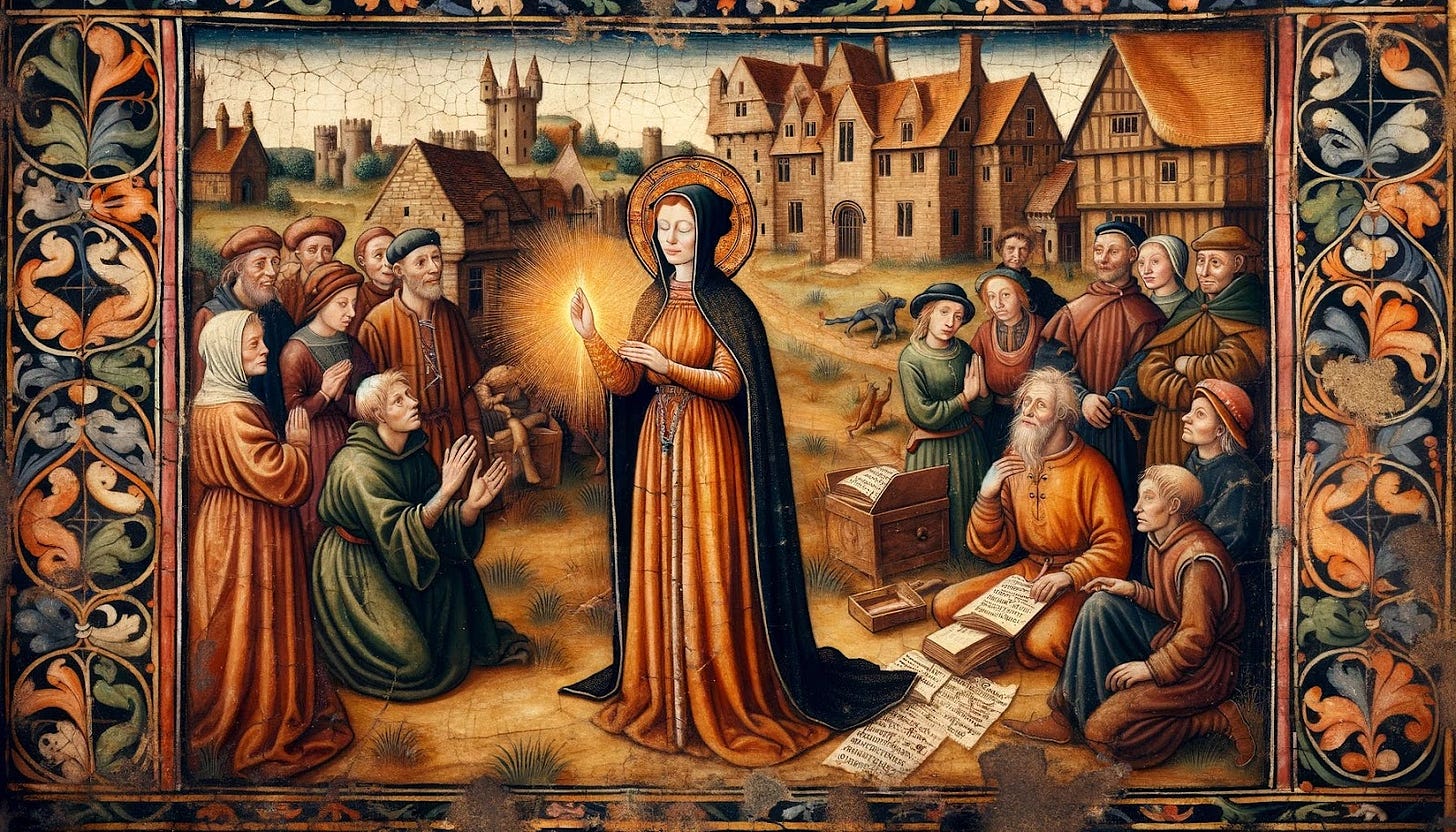

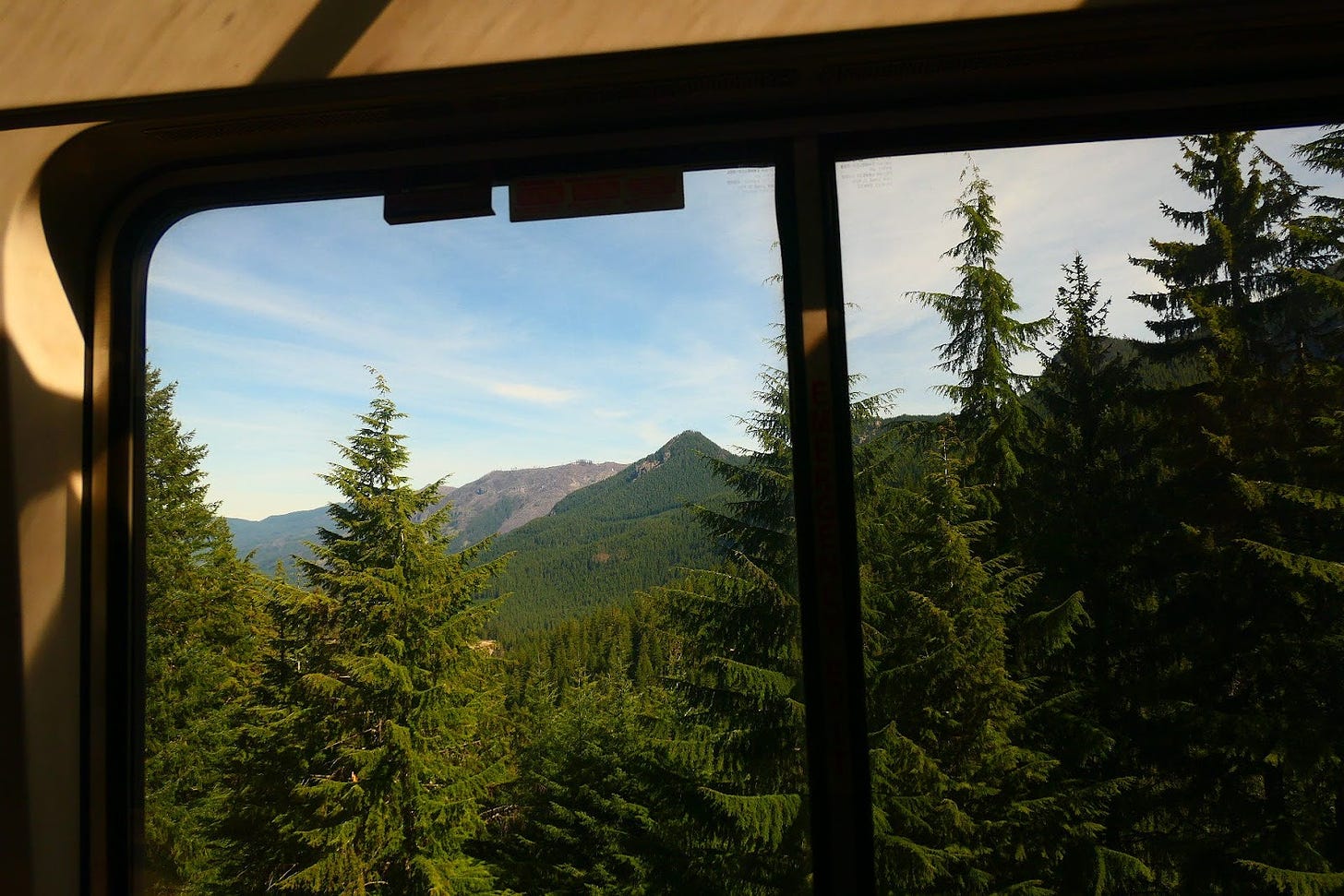



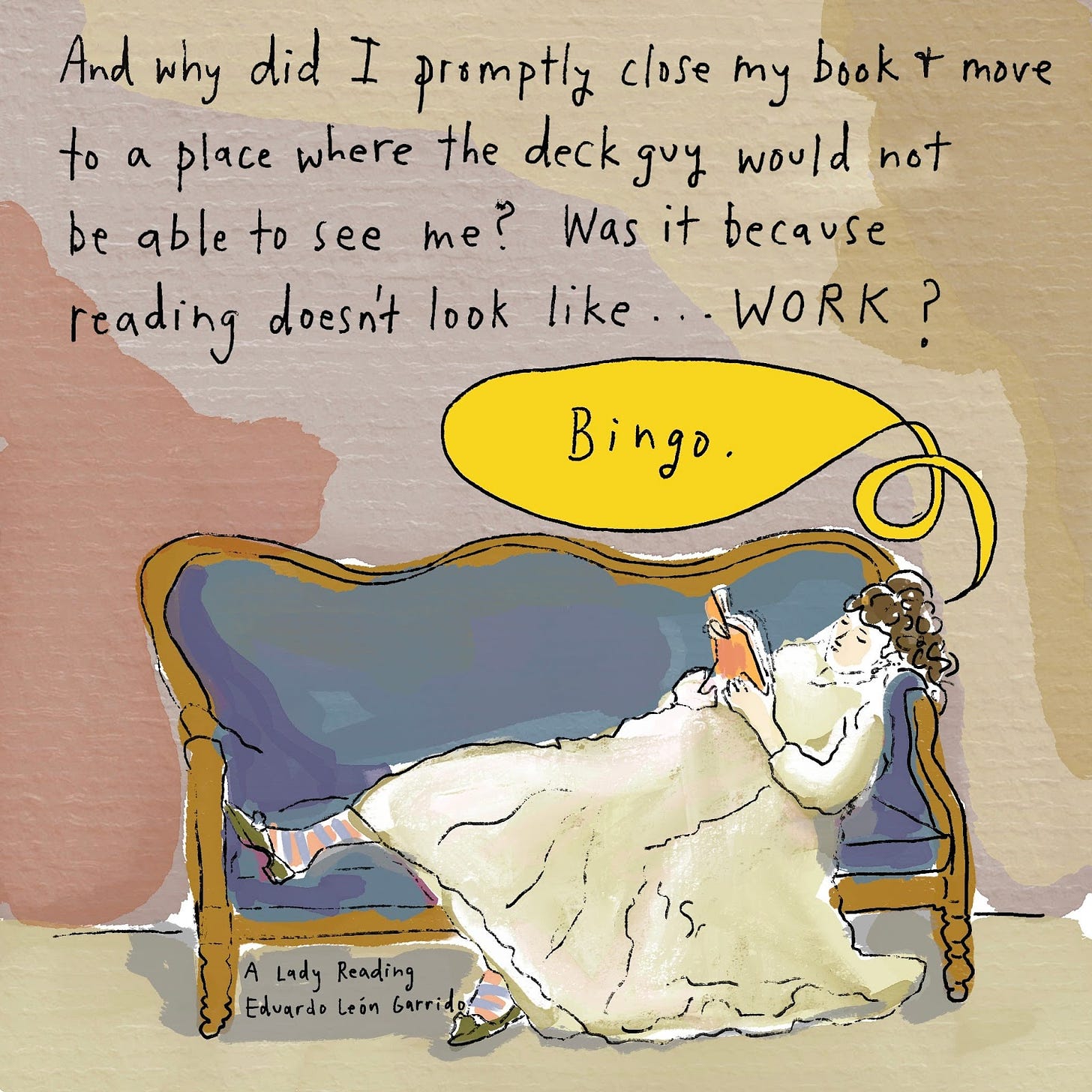





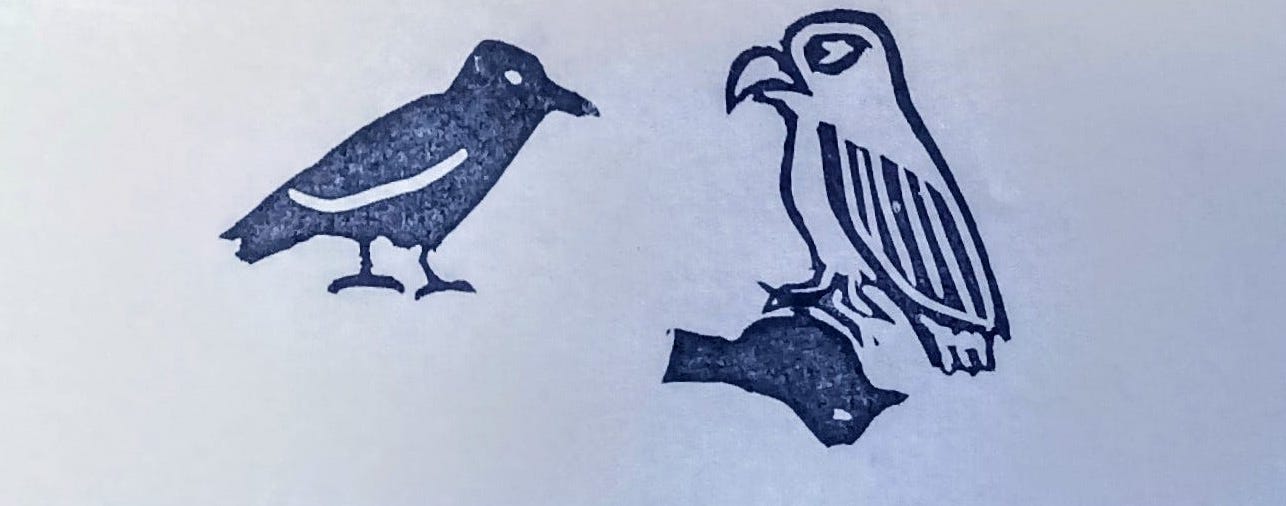


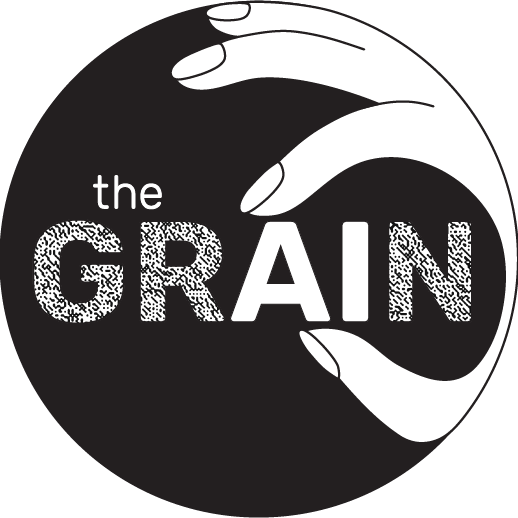


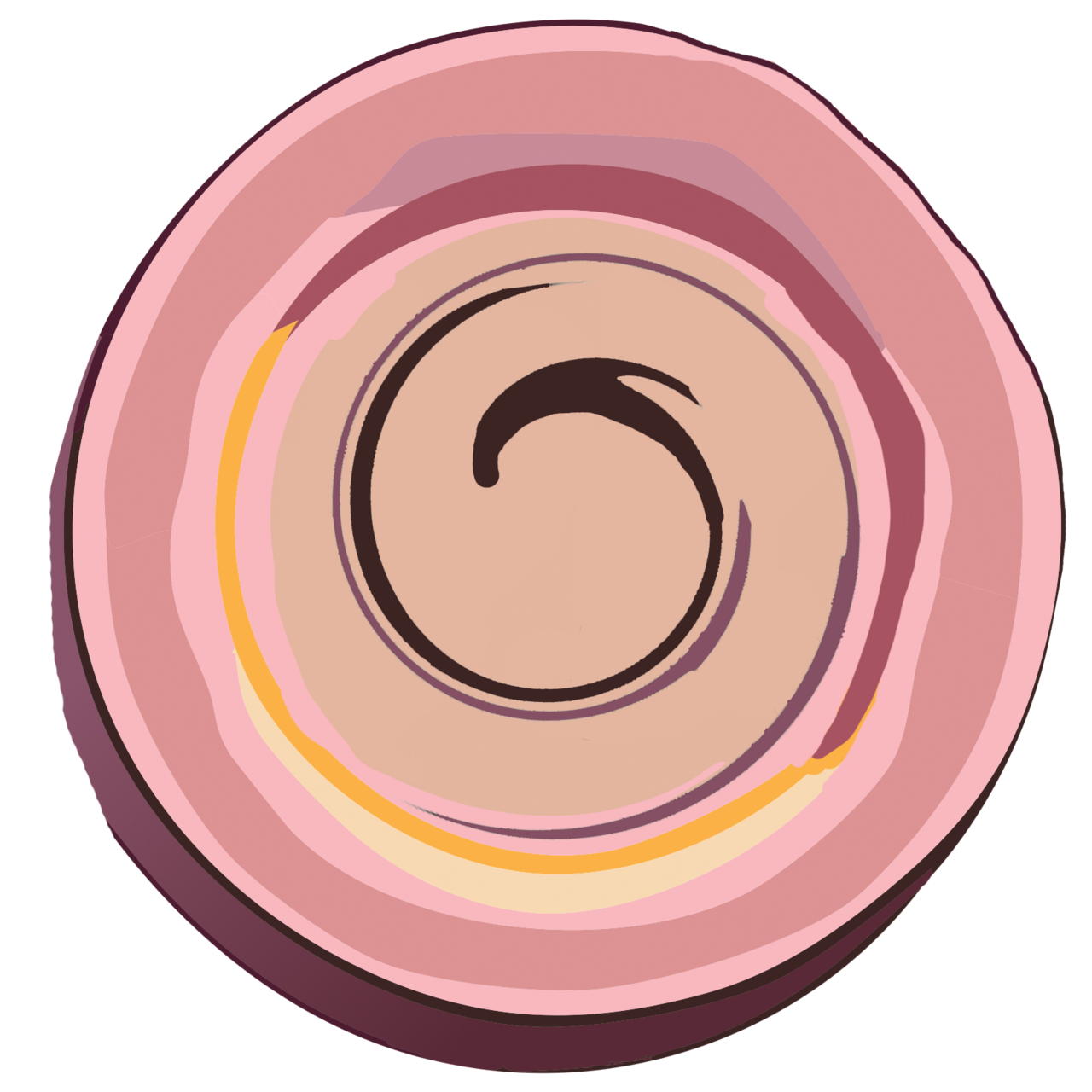


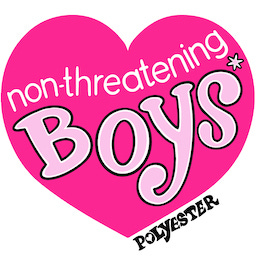

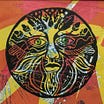
Ah, Tom, what an honour. Thank you so much for your kind words
Exquisite taste with your picks here, Tom, and I'm particularly glad to see Laura and Kent get a shout-out. Hooray!